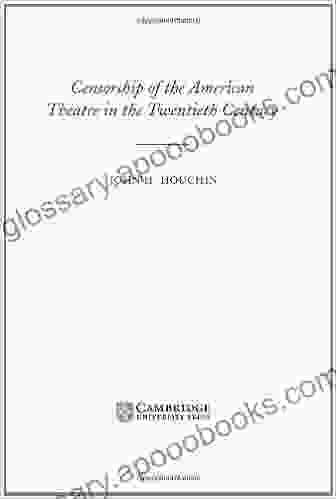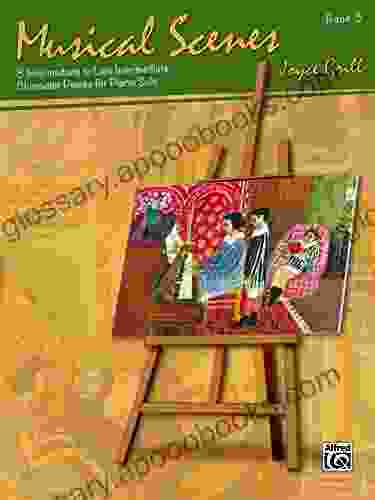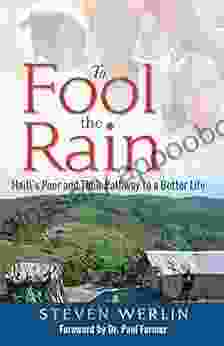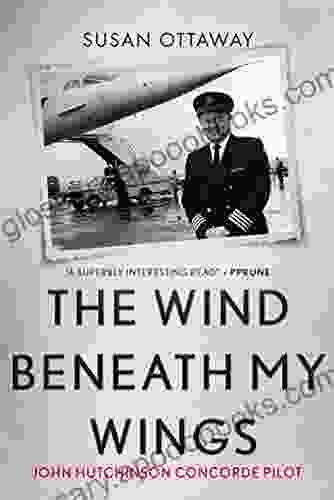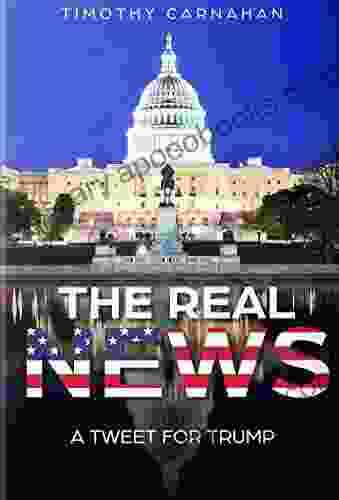Censorship of the American Theatre in the Twentieth Century

5 out of 5
| Language | : | English |
| File size | : | 3356 KB |
| Text-to-Speech | : | Enabled |
| Screen Reader | : | Supported |
| Print length | : | 344 pages |
| Lending | : | Enabled |
The American theatre has a long and rich history, but it has also been marked by censorship. In the twentieth century, censorship was a major force in shaping the development of American theatre.
There are many different reasons why censorship has been used in the American theatre. Some of the most common reasons include:
- To protect public morals. Censorship has often been used to prevent the performance of plays that are considered to be immoral or indecent.
- To protect national security. Censorship has also been used to prevent the performance of plays that are considered to be a threat to national security.
- To protect the interests of powerful individuals or groups. Censorship has also been used to protect the interests of powerful individuals or groups, such as politicians, religious leaders, and business leaders.
Censorship has had a significant impact on the development of American theatre. It has led to the suppression of many important plays, and it has made it difficult for playwrights to explore controversial topics. However, censorship has also helped to shape American theatre in positive ways. It has led to the development of new forms of theatre, and it has helped to raise awareness of important social issues.
The history of censorship in the American theatre is a complex and fascinating one. It is a story of struggle and compromise, of progress and setbacks. But it is also a story of hope, as the American theatre has always found ways to survive and thrive, even in the face of adversity.
The Different Forms of Censorship
There are many different forms of censorship that have been used in the American theatre. Some of the most common forms include:
- Prior restraint. Prior restraint is a type of censorship that prevents a play from being performed before it has even been staged.
- Subsequent restraint. Subsequent restraint is a type of censorship that prevents a play from being performed after it has already been staged.
- Self-censorship. Self-censorship is a type of censorship that occurs when playwrights or theatre companies voluntarily censor their work in Free Download to avoid being censored by the government or other authorities.
Each of these forms of censorship has its own unique history and impact on the American theatre. Prior restraint has been the most controversial form of censorship, as it has often been used to suppress plays that are critical of the government or other powerful institutions. Subsequent restraint has been used less frequently, but it has still had a significant impact on the American theatre, as it can be used to punish playwrights and theatre companies for producing plays that are considered to be offensive or indecent. Self-censorship is the most common form of censorship in the American theatre, as playwrights and theatre companies often censor their work in Free Download to avoid being censored by the government or other authorities.
The Reasons for Censorship
There are many different reasons why censorship has been used in the American theatre. Some of the most common reasons include:
- To protect public morals. Censorship has often been used to prevent the performance of plays that are considered to be immoral or indecent.
- To protect national security. Censorship has also been used to prevent the performance of plays that are considered to be a threat to national security.
- To protect the interests of powerful individuals or groups. Censorship has also been used to protect the interests of powerful individuals or groups, such as politicians, religious leaders, and business leaders.
The first reason for censorship is to protect public morals. This has been a major concern of censors throughout American history. They have argued that plays that are immoral or indecent will corrupt the public and lead to social decay. This argument has been used to justify the censorship of plays that deal with topics such as sex, violence, and religion.
The second reason for censorship is to protect national security. This concern has become more prominent in recent years, especially in the wake of the September 11th terrorist attacks. Censors have argued that plays that are critical of the government or that promote violence or terrorism could pose a threat to national security. This argument has been used to justify the censorship of plays that deal with topics such as war, politics, and terrorism.
The third reason for censorship is to protect the interests of powerful individuals or groups. This has been a concern of censors throughout American history. They have argued that plays that are critical of powerful individuals or groups could damage their reputations or undermine their authority. This argument has been used to justify the censorship of plays that deal with topics such as politics, business, and religion.
The Impact of Censorship
Censorship has had a significant impact on the development of American theatre. It has led to the suppression of many important plays, and it has made it difficult for playwrights to explore controversial topics. However, censorship has also helped to shape American theatre in positive ways. It has led to the development of new forms of theatre, and it has helped to raise awareness of important social issues.
One of the most significant impacts of censorship has been the suppression of important plays. Many plays that deal with controversial topics have been censored over the years. This has included plays that deal with sex, violence, religion, politics, and social issues. The suppression of these plays has made it difficult for playwrights to explore important topics, and it has also limited the ability of the public to see these plays.
Another impact of censorship has been the development of new forms of theatre. In Free Download to avoid censorship, playwrights have often turned to new forms of theatre, such as experimental theatre and off-Broadway theatre. These new forms of theatre have allowed playwrights to explore controversial topics more freely. They have also helped to expand the boundaries of American theatre and to make it more diverse.
Finally, censorship has helped to raise awareness of important social issues. By censoring plays that deal with controversial topics, censors have often drawn attention to these issues. This has helped to raise awareness of these issues and to make the public more aware of the importance of free speech.
The history of censorship in the American theatre is a complex and fascinating one. It is a story of struggle and compromise, of progress and setbacks. But it is also a story of hope, as the American theatre has always found ways to survive and thrive, even in the face of adversity.
Censorship is a powerful tool that can be used to suppress dissent and to limit artistic expression. However, it is also a tool that can be used to protect public morals, national security, and the interests of powerful individuals or groups. The challenge is to find a balance between these competing interests.
The American theatre has a long and proud tradition of free speech. However, this tradition has often been challenged by censorship. In the twentieth century, censorship was a major force in shaping the development of American theatre. But despite the challenges, the American theatre has survived and thrived. It has continued to produce important and groundbreaking plays, and it has helped to shape American culture.
5 out of 5
| Language | : | English |
| File size | : | 3356 KB |
| Text-to-Speech | : | Enabled |
| Screen Reader | : | Supported |
| Print length | : | 344 pages |
| Lending | : | Enabled |
Do you want to contribute by writing guest posts on this blog?
Please contact us and send us a resume of previous articles that you have written.
 Book
Book Novel
Novel Page
Page Chapter
Chapter Text
Text Story
Story Genre
Genre Reader
Reader Library
Library Paperback
Paperback E-book
E-book Magazine
Magazine Newspaper
Newspaper Paragraph
Paragraph Sentence
Sentence Bookmark
Bookmark Shelf
Shelf Glossary
Glossary Bibliography
Bibliography Foreword
Foreword Preface
Preface Synopsis
Synopsis Annotation
Annotation Footnote
Footnote Manuscript
Manuscript Scroll
Scroll Codex
Codex Tome
Tome Bestseller
Bestseller Classics
Classics Library card
Library card Narrative
Narrative Biography
Biography Autobiography
Autobiography Memoir
Memoir Reference
Reference Encyclopedia
Encyclopedia Deniz Gumustekin
Deniz Gumustekin Heinrich Heine
Heinrich Heine Nilo W Hovey
Nilo W Hovey Richard M Perloff
Richard M Perloff Robert A Carp
Robert A Carp John Oakley Mcelhenney
John Oakley Mcelhenney Dennis Dunaway
Dennis Dunaway Dr Ruth K Westheimer
Dr Ruth K Westheimer Rylie Dark
Rylie Dark Kristen A Renn
Kristen A Renn Randolph Lalonde
Randolph Lalonde Peter Brennan
Peter Brennan Khalid Khan
Khalid Khan Linda Venis
Linda Venis Derek Slaton
Derek Slaton Lysander Spooner
Lysander Spooner Dervla Mctiernan
Dervla Mctiernan Jenny Knipfer
Jenny Knipfer Mark John Sternal
Mark John Sternal Mark Lardas
Mark Lardas
Light bulbAdvertise smarter! Our strategic ad space ensures maximum exposure. Reserve your spot today!

 Danny SimmonsUnleash the Power of the Tuba: A Captivating Collection of Sheet Music Solos
Danny SimmonsUnleash the Power of the Tuba: A Captivating Collection of Sheet Music Solos Harold PowellFollow ·9.6k
Harold PowellFollow ·9.6k Jamie BellFollow ·11.1k
Jamie BellFollow ·11.1k Javier BellFollow ·7.7k
Javier BellFollow ·7.7k David Foster WallaceFollow ·13.5k
David Foster WallaceFollow ·13.5k Hayden MitchellFollow ·16.8k
Hayden MitchellFollow ·16.8k Elias MitchellFollow ·17k
Elias MitchellFollow ·17k Juan ButlerFollow ·7.2k
Juan ButlerFollow ·7.2k Caleb CarterFollow ·16.2k
Caleb CarterFollow ·16.2k

 Clarence Mitchell
Clarence MitchellCollection Of Handcrafted Plants For The Blackest Of...
Do you have a black...
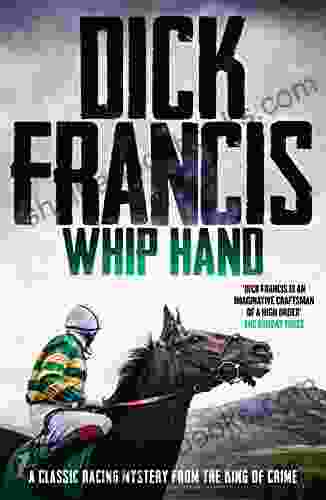
 Edgar Hayes
Edgar HayesClassic Racing Mystery From The King Of Crime
Agatha Christie, the...
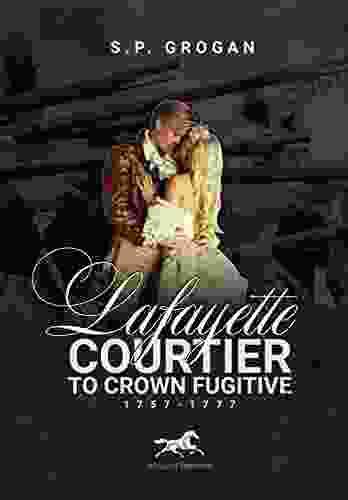
 Demetrius Carter
Demetrius CarterLafayette: Courtier to Crown Fugitive, 1757-1777
The Marquis de...

 Jared Powell
Jared Powell30 Gorgeous Sweaters, Cardigans, Hats, Toys & More:...
Immerse Yourself...
5 out of 5
| Language | : | English |
| File size | : | 3356 KB |
| Text-to-Speech | : | Enabled |
| Screen Reader | : | Supported |
| Print length | : | 344 pages |
| Lending | : | Enabled |


